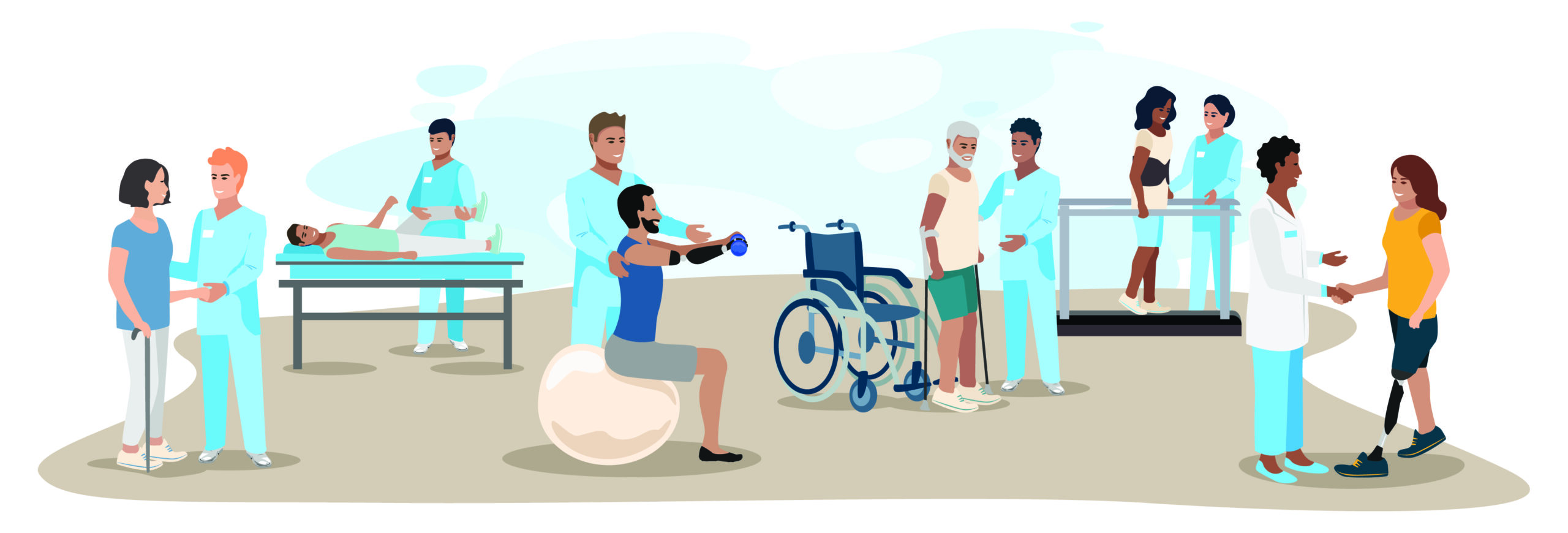
By WebMD.comPick the Right ProJust like your doctor, you want a physical therapist who has experience with your condition.Ask questions about their background, the plan for yourtherapy, any special equipment youll need, and how long your treatment will last.You should be able to talk comfortably about whats going on during your sessions.Come PreparedBring a list of your meds to your first appointment and any X-rays or MRIs.
Make notes ahead of time about your symptoms, such as which movements cause pain and when the problem started.That will help your physical therapist identify your condition and design your treatment plan.Dress the PartWear comfortable clothes and shoes with non-skid soles, even for your first visit.Your therapist may move the joint thats bothering you to test how well it works or check how you walk, get up out of a chair, or do other motions.
If they assign you exercises to do at home right away, theyll watch you do them to make sure your form is right.Set GoalsWhat do you want to be able to do after rehab? Get out of a chair more easily? Play tennis again? Know what your target is and make sure your physical therapist does, too.Theyll tailor your treatment with your goals in mind.Short-term gains are important, too.
Celebrate each step along the way, no matter how small.Do Your HomeworkYour therapist may give you exercises to do at home between appointments.Its important to do them.A lot of the benefit from rehab comes from the work you put in on your own, away from the clinic.Dont Overdo ItKeep up with your homework, but follow your therapists instructions to the letter.
If you add more weight and reps, orexercisemore often than youre told to, you wont heal any faster.You might even set your recoverybackor get a new injury.Hot or Cold?Check with your therapist about whether a heating pad or ice pack is better for you.Heat relaxes sore muscles, increases blood flow, and improves your range of motion.
Cold slows your circulation, which helps controlinflammationand swelling.Both can ease pain.But remember, they only give temporary help.
Neither one is a long-term solution to your problem.Take NotesBe an active partner in your rehab.Log details about how you feel during your home exercises.Tell your therapist if you hurt or get tight or weak during your routines.
It will help them keep tabs on your progress.Manage PainIts important to stick with your therapy, but dont ignore your bodys warning signals.Talk to your PT about any discomfort, and ask for tips to deal with it.
Disclaimer: This story is auto-aggregated by a computer program and has not been created or edited by Senior Savings Deals.
Publisher: Life Plan Community ( Read More )
Publisher: Life Plan Community ( Read More )

